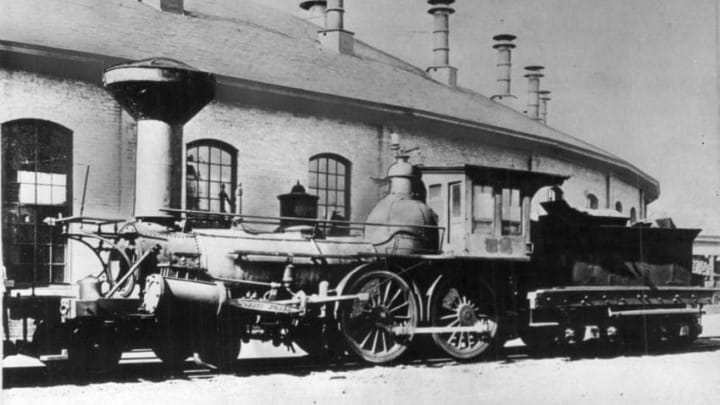Historical travel is something rarely touched on but on this day in history, it was travel that changed everything.
Abraham Lincoln boards a train and trains redefine how we keep track of time becoming two prominent pieces in American travel history.
Traveling across the United States wasn’t always easy as we all know. It could take months to cross what are today’s time zones. There was a time, obviously when those time zones didn’t exist but we can thank travel for the separation of our nation by the ticks of a clock.
On this day in 1883, rail companies in both Canada and the U.S. got together and decided to divide the countries into four-time zone, in 1918, Congress finally adopted the lines, or close to them officially.
Imagine the nightmare that traveling by rail would have been back then. Time was kept not by a standard clock. It was kept by yourself basically. Wherever you were, that was the time and most of that came from the location of the sun. Hence the phrase “high-noon”. If you were somewhere out west and someone was on the east coast, then “noon” was completely different for both.
This was a problem for rail companies who would schedule their routes at different times that would get confusing. But that changed and today, at exactly 12:00 p.m. the country was divided into fours for the first time.
Trains were the only form of rapid transportation back then and would remain that way for decades. In 1863, on this day, Abraham Lincoln boarded a train and headed to Gettysburg, Pennsylvania. The following day, he would give one of the most famous and historical addresses in American history. If not for the rails, his trip would have taken weeks.
